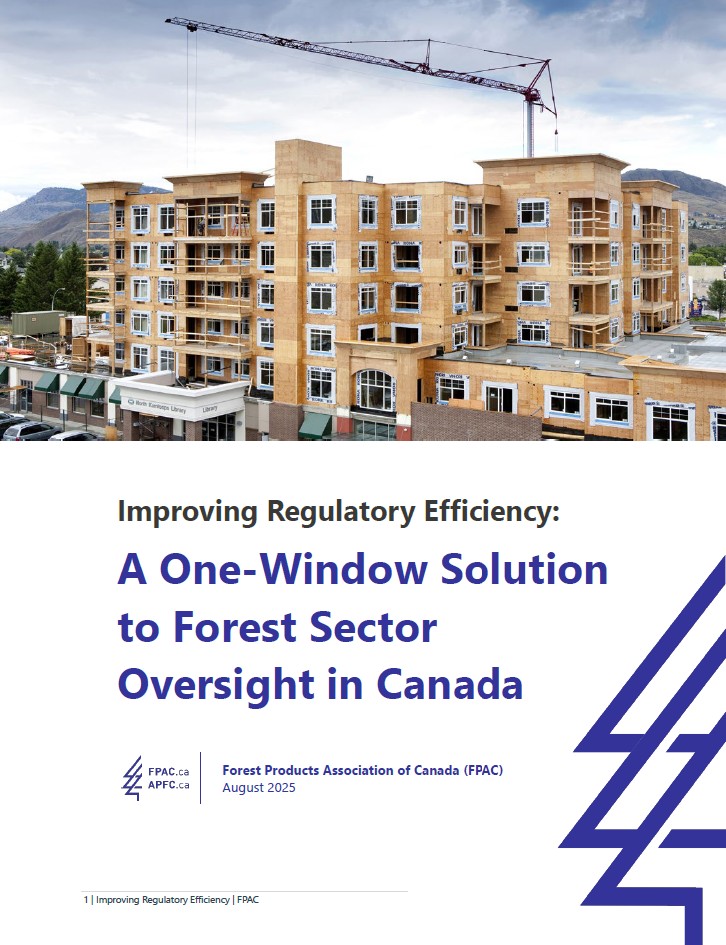More than ever, people are moving to urban areas which have historically made a significant contribution to global greenhouse emissions. Cities already account for more than 80% of global economic output, consume close to two-thirds of the world’s energy, and account for more than 70% of global greenhouse gas emissions. Every day our cities grow by around two hundred thousand people. The global urban population is expected to rise by 18% and 52% by 2030 and 2050 respectively, driven by both population growth and the migration from rural to urban areas to seek prosperity, jobs, a better standard of living, access to healthcare, education, and for a longer lifespan (Gresham House, 2020). This is driving an increase in housing, manufacturing, and energy needs.
While this represents one of our greatest challenges in meeting climate targets, it also presents enormous opportunities to transform our existing linear fossil-based economy system towards a new economic paradigm where prosperity takes place within the planetary boundaries and its renewable potential. Notably, cities and communities represent engines of innovation and provide novel sustainable solutions and options to promote resource efficiency which open opportunities to attract new capital and investments (FAO, 2022e).



.png)



